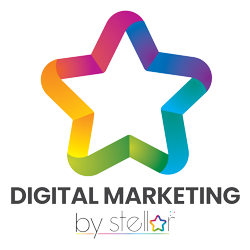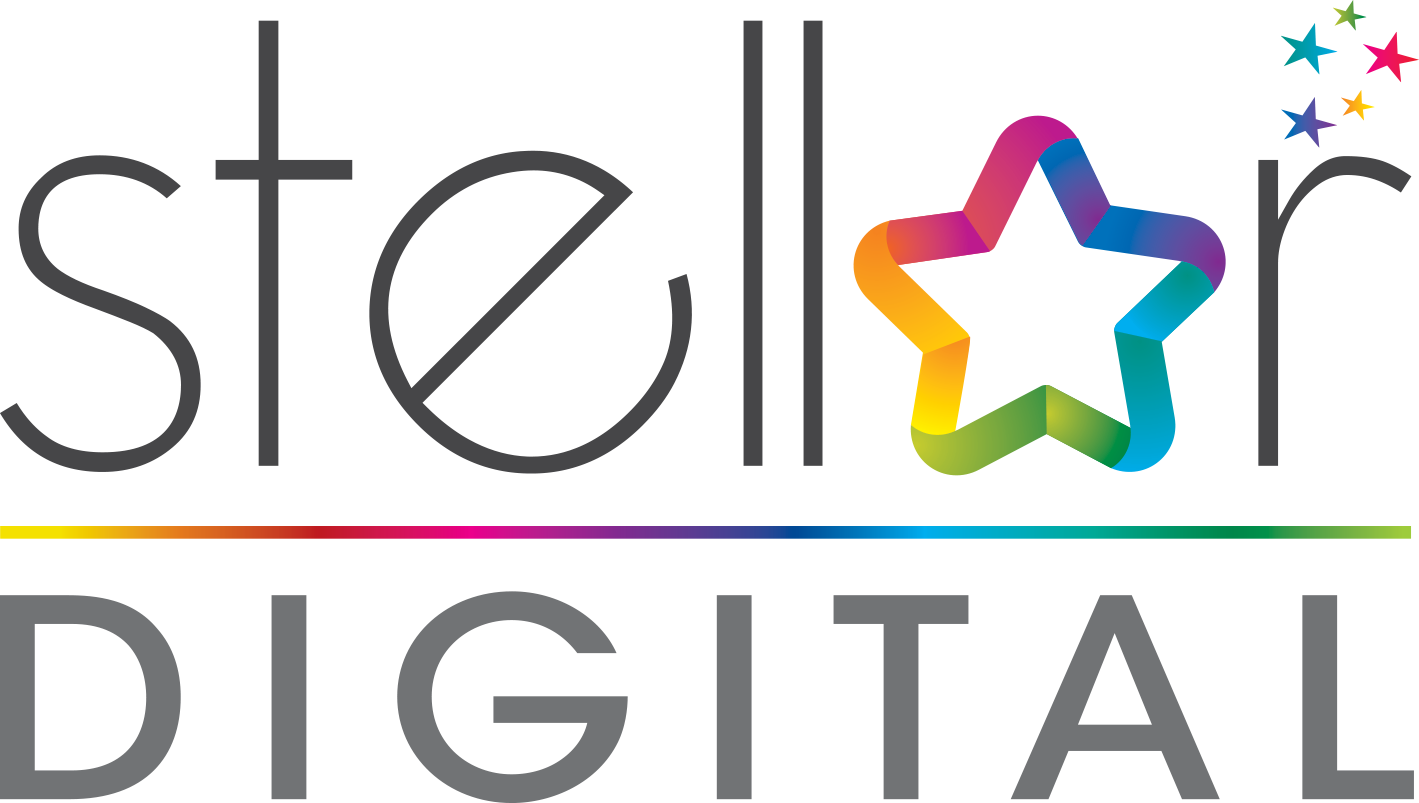What is Web Design?
What is it? What happens? Who is involved?
Done right, web design is focused on user experience and business strategy rather than “a pretty picture”. A good web designer works on aspects such as appearance, navigation, layout, and structured content. Thus, good websites are easy to use, aesthetically appealing and suit the brand and audience’s needs.
As web designers, we use a variety of different tools depending on what part of the production process we are doing. Graphics editors are used to create web-optimised images and wireframing software is used to produce a website prototype (a clickable mock-up).
A wireframe is essential for all stakeholders because it clearly illustrates what the client is getting and what we are building. As the project progresses, we use our skill and experience to apply usability and accessibility standards.
When it comes to creating a website, our team includes a web designer and web developer. We always work closely together to create a good site.
Web Design principles
What is ‘good’ web design? How do users think?
Our websites are designed with a focus on simplicity and making sure all forms of possible user distraction, confusion or frustration are eliminated.
With the user of the site in control, we have established user-based design as a standard approach for successful and profit-oriented web design.
Users’ habits on the internet are quite like a customers’ habits in a store. Visitors glance at each page, scan over text, and click on the first link that catches their interest or resembles what they are looking for.
Important elements of web design
What separates a good website from a bad website?
- Content
Content plays a major role in our websites. It provides information which can be used to educate search engines about the website and is the reason most users come to the website in the first place. Content of a website should be well thought out, informative, easy to read, engaging and relevant. If the user finds the content valuable, then they are more likely to share it.
We always keep in mind how your website is portrayed to search engines and whether it accurately communicates your website’s purpose. Your purpose may be to provide information, sell something or offer a service.
- Visual Appeal
Visual appeal is what meets the eye, the colours, shapes, pictures, fonts, and overall visual balance of a design. Whether a website appeals to us affects how it is perceived, how it is used, and how it is remembered. We always prefer an attractive design or image over an ugly or neutral one.
Utilizing graphics is a great way to make your site more interesting. But it is important not to go overboard, things like animation and scrolling text should be used sparingly and only to emphasize a point. Through pictures and other visual elements, you can project feelings such as delight, sadness, or even pity. Visual appeal can awaken memories and emotions like trust, comfort, hope, or self-confidence.
- Navigation and Web Friendliness
A website is useless if it is not web friendly. We make sure our websites work on all major browsers, utilize meta data, alt tags and are fully versed in search engine optimization (SEO). Our websites are easy to navigate, understandable, and have easily accessible content. Users need a clear indication of what is being offered and what to expect, it also allows visitors to view your site longer as they will have confidence in where they are and what they can receive from your site.
Types of website navigation include:
- Sidebars – positioned left or right of the content.
- Footers – contain links to main pages and popular resources.
- Hamburger menu – appears on mobile devices
- Branding
The goal of a website is to represent your company, sell the products and promote sales. A company should have a consistent brand message.
Building consumer relationships has changed. company used to create an advertisement that directed the customer to the website. If the “look” and tone between the ad and the website were consistent, brand loyalty could be achieved. That is not enough anymore.
With social media, customers are sharing their feelings and thoughts about a company with others. Going beyond the website and utilising social media depends on a compatible message that can be shared outside social spheres the company has no control over.
- Interaction and Conversion
An effective website engages visitors and holds their attention through every page, as well as influences them to contact you. This is called ‘conversion’ and is usually your website’s goal.
We create an interactive user experience, making it easier for users to forget about external distractions and instead focus on the current website environment they are interacting with.
Our website can be the most important client generator your business can have and we place emphasis on bringing in new clients and making additional services available to existing clients. Providing them with the tools they need to do business with you in an easy and enjoyable way will increase your website conversion and bring you the kind of success you seek.

